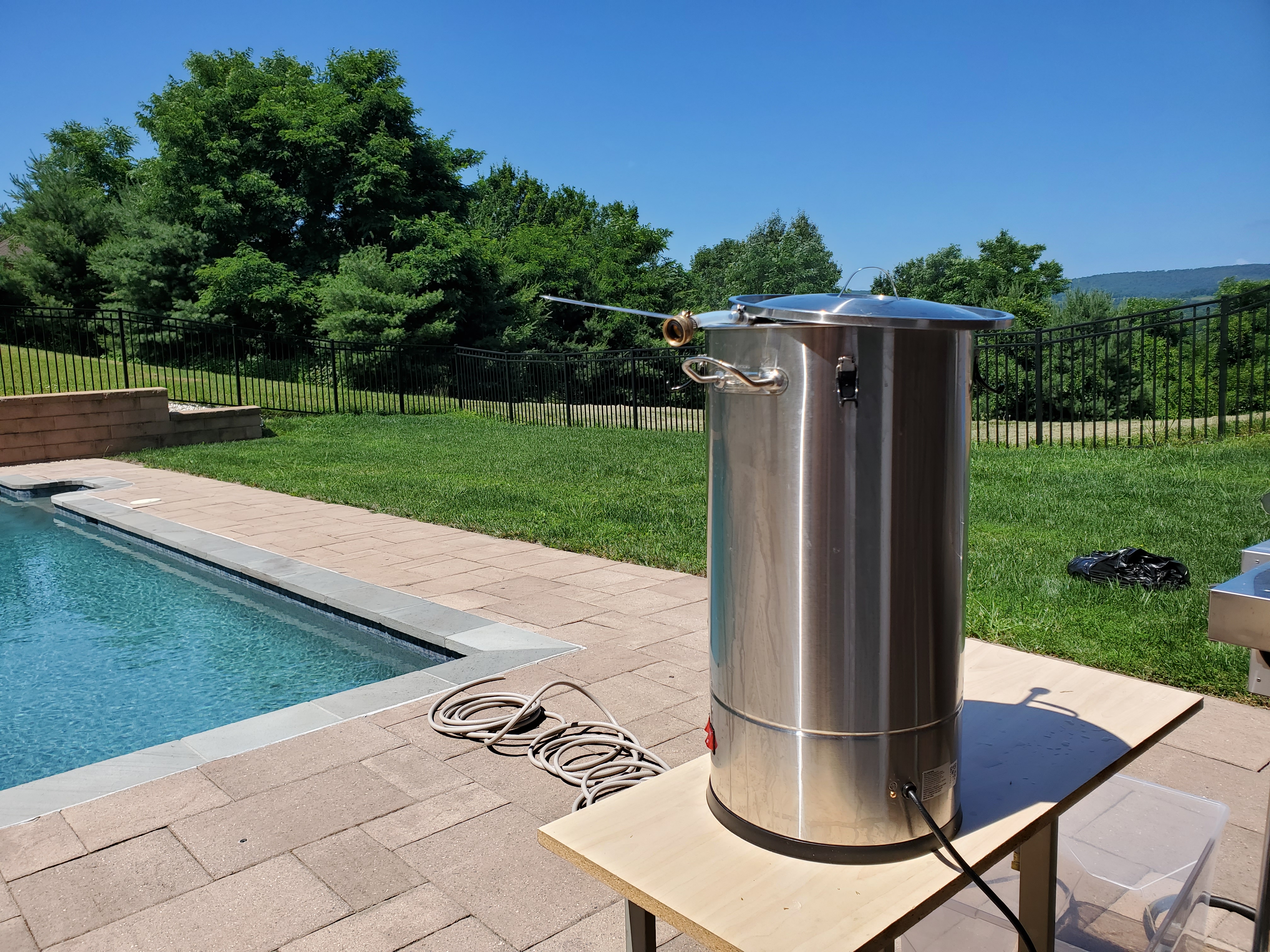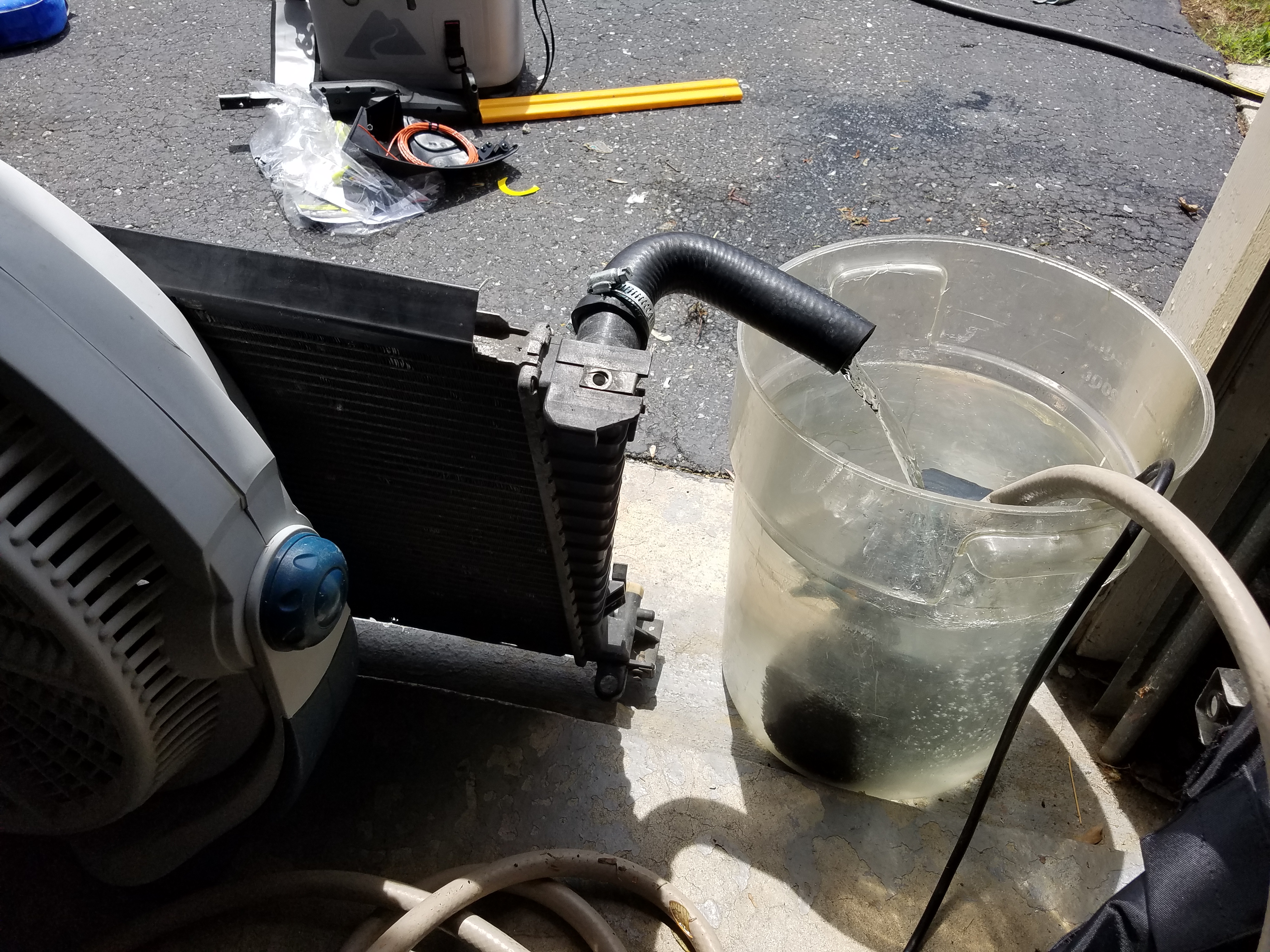apache_brew
Well-Known Member
Just curious of any interesting ways to save/minimize cooling water. I’ve settled on collecting mine in these (3) 32 gallon garbage cans. I could probably fill another half of one at the end of knockout, but I let that bit run off into the dirt for now. This is enough to cool 14 gallons of wort with my current configuration. I use a pail and water my garden throughout the week with it. I think someday I’d like to get one of those cube caged tanks as a single receiving tank and than have a discharge pump for easier irrigation.
please share your setups!
please share your setups!











![Craft A Brew - Safale S-04 Dry Yeast - Fermentis - English Ale Dry Yeast - For English and American Ales and Hard Apple Ciders - Ingredients for Home Brewing - Beer Making Supplies - [1 Pack]](https://m.media-amazon.com/images/I/41fVGNh6JfL._SL500_.jpg)


















































